Understanding the Basics of Lead Generation
Lead generation is a fundamental aspect of business strategy, essential for driving growth and sustainability. At its core, lead generation refers to the process of identifying and attracting potential customers (leads) who have shown interest in a company’s product or service. These leads are then nurtured and guided through the sales funnel with the aim of converting them into loyal customers. The process inherently underscores the principle that quality leads take precedence over sheer quantity, as the former are more likely to result in successful conversions and long-term engagement.
A lead can be broadly defined as an individual or entity that has expressed an interest in a company’s offerings. However, not all leads are created equal. Therefore, businesses often classify leads into categories such as marketing qualified leads (MQLs) and sales qualified leads (SQLs). MQLs are leads that have engaged with marketing efforts but may require more nurturing before they are ready to speak with the sales team. SQLs, on the other hand, have been vetted further and are considered ready for direct sales engagement.
Effective lead generation encompasses several critical components. Identifying target audiences is paramount, as it ensures marketing efforts are directed towards individuals or businesses with a genuine interest in the products or services offered. Creating compelling value propositions that address the specific needs and pain points of these target audiences is another essential step. Such propositions not only capture attention but also provide solutions that resonate with potential leads.
Lead generation is supported by both inbound and outbound marketing strategies. Inbound marketing focuses on attracting potential customers through valuable content and experiences tailored to their needs, often leveraging SEO, content marketing, and social media. Outbound marketing, in contrast, involves proactive outreach through methods such as cold calling, email campaigns, and direct advertising. Both strategies have their merits and can be effective when appropriately aligned with a company’s objectives.
To gauge the success of lead generation efforts, businesses turn to various metrics. These can include the number of leads generated, conversion rates, cost per lead, and the lifecycle stages that leads traverse. By monitoring these metrics, companies can refine their strategies, optimize resource allocation, and ultimately, enhance their lead nurturing processes.
Effective Lead Generation Strategies and Techniques
Generating high-quality leads remains a cornerstone of successful businesses. An effective lead generation strategy requires a multifaceted approach encompassing content marketing, social media marketing, email marketing, search engine optimization (SEO), and paid advertising.
Content marketing is a proven method of attracting potential customers by providing valuable information. This can include blog posts, ebooks, and webinars. Blogs offer a platform for sharing insights and positioning your company as an authority in its field. Ebooks provide comprehensive guides that can entice users to exchange their contact information. Webinars, on the other hand, allow for real-time interaction and demonstrate expertise.
Social media marketing harnesses the power of platforms like Facebook, LinkedIn, and Twitter to reach a broad audience. Sharing engaging content and participating in industry-related conversations can drive traffic and generate leads. Additionally, paid advertisements on these platforms can be finely targeted to specific demographics, increasing the likelihood of conversion.
Email marketing remains a highly effective lead generation tool. Regular newsletters, promotional emails, and personalized messages help maintain engagement with prospects. Segmentation and automation play critical roles here, ensuring the right message reaches the right audience at optimal times.
SEO ensures your content is discoverable by appearing prominently in search engine results. Keyword optimization, high-quality backlinks, and effective meta descriptions are vital components in improving your search ranking, driving organic traffic, and generating leads.
Paid advertising, including Pay-Per-Click (PPC) and display ads, offers immediate exposure and targeted reach. These ads can be tailored to specific audiences and needs, enhancing the probability of lead conversion.
Tools and Technologies
Modern tools such as Customer Relationship Management (CRM) systems and marketing automation software significantly streamline the lead generation process. CRMs maintain organized records of customer interactions and aid in effective follow-up. Marketing automation tools handle repetitive tasks, nurture leads over time, and ensure no opportunity is missed. Artificial Intelligence (AI) further elevates lead generation by analyzing data patterns to predict customer behavior and suggest tailored engagement strategies.
Best Practices for Capturing Leads
Optimized landing pages, forms, and Call-to-Actions (CTAs) are critical for capturing leads. Landing pages should be clear, concise, and aligned with the visitor’s needs. Forms should be simplified, requesting only essential information to avoid overwhelming potential leads. Effective CTAs guide visitors towards taking the desired action, whether it’s downloading a resource or signing up for a newsletter.
Lead Nurturing
Once leads are captured, nurturing them is essential to moving them through the sales funnel. Personalized communication, whether through tailored emails or direct outreach, helps build relationships. Understanding individual needs and pain points allows for more relevant and compelling interactions. Continuous engagement and providing valuable content keeps your brand top-of-mind, increasing the likelihood of conversion.

